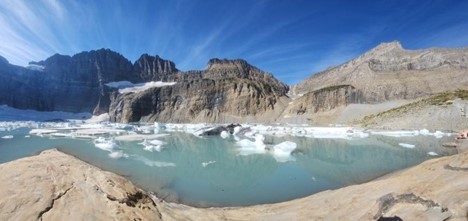When I hear companies talk about being "data rich" yet "information poor" or having "knowledge gaps," this well-known adage comes to mind. But it's not difficult to see why there is this disconnect when you learn that more data has been created in the last two years than in all of human history. Furthermore 99.5% of the data collected never gets used or examined. In today’s environment, fast, high-quality decisions are needed to outperform peers, and insights are the key to continually empowering decisions. Data alone, especially unorganized data, has little value, but knowledge and wisdom, however, have enormous value.
So what is the connection between data, information, knowledge, and even the higher order of wisdom?
I find the DIKW model helpful in representing the structural and functional relationships between data, information, knowledge, and wisdom. DIKW is shorthand for the data-to-information-to-knowledge-to-wisdom transformation.
How do you progress from Data to Wisdom?
I recently visited Glacier National Park in Montana, USA, and hiked to Grinell Glacier. Let me walk you through my experience transitioning from data to wisdom on this hike, as well as some of the hurdles I encountered along the way.
There is plenty of data available about the glacier, including:
- Coordinates: 48°45′06″N 113°43′39″W
- Area: 152 acres (0.62 km2)
- Altitude: 6,510 feet (1,984 meters).
That data has been organized and assigned context to form information:
- The glacier is named after George Bird Grinnell, who was also a strong advocate of ensuring the creation of Glacier National Park.
- Grinnell Glacier lost nearly 40% of its land area between 1966 and 2005.
- The glacier can be reached after a 6-mile (9.7 km) hike from a trailhead beginning at Swiftcurrent Lake and has an altitude gain of just over 1,600 ft (490 m)
Over time, many hikers and outdoor enthusiasts have processed that information and assigned meaning to form knowledge:
- The majority of the elevation is in the second half of the hike, with a very strenuous section in the last 0.4 miles (0.65km).
- Be aware that bears, moose, and other wildlife are present.
- The trails are rocky, making for a difficult hike.
And finally, insight is added to knowledge to create wisdom, guiding actions and judgments like:
- Hike in a group and bring plenty of water.
- Bring bear spray – and pray you don’t ever come close enough to have to use it.
- Dress in layers and take your time.
So what’s the moral to the story?
Going into the hike I had all the data, information, knowledge, and wisdom available from the internet on the Grinnell Glacier hike. Even with that, I still went down a goat path I thought was the hiking trail, believed every hiker that assured me the glacier was just around the corner (it wasn’t) and thought going back down hill would be easy (it wasn’t).
So here is my takeaway. As you move from data to wisdom, the key is to expect bumps along the way. You’re going to get false positives and it’s going to take longer than you want it to. But the key is to take that first step. In the end the results, and in my case, the view (below), will be worth it.






